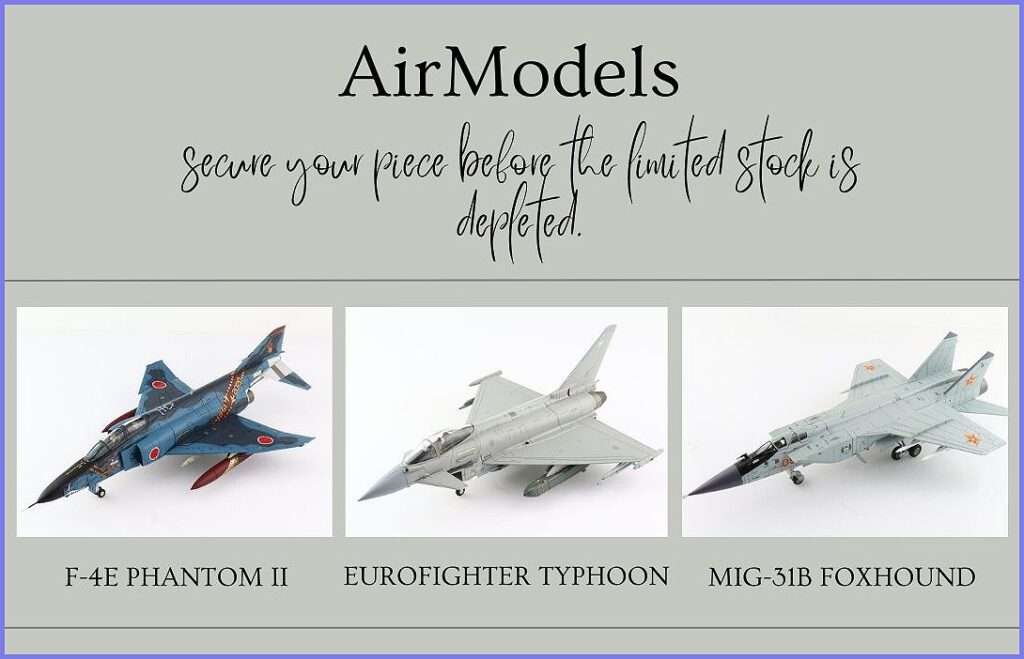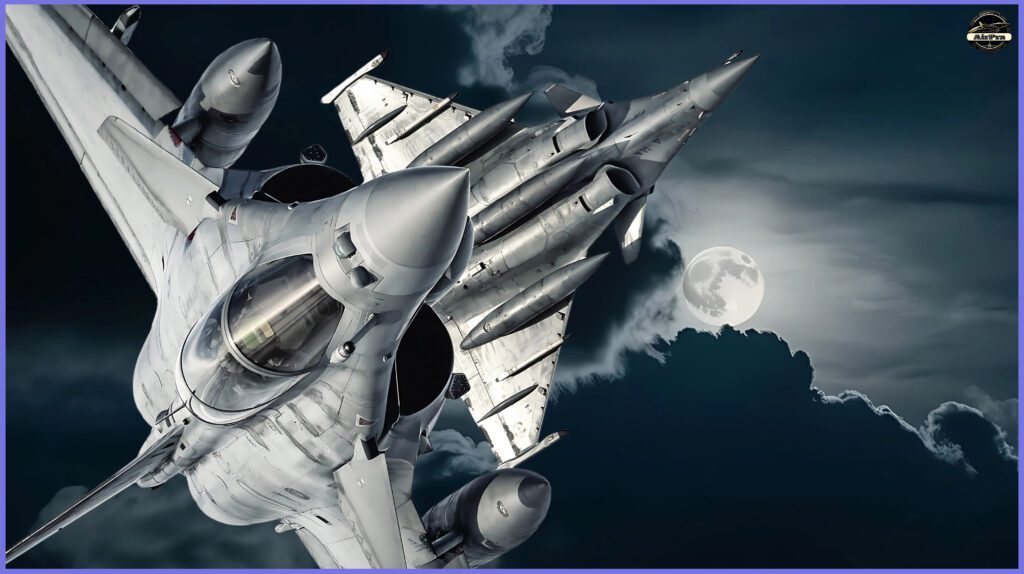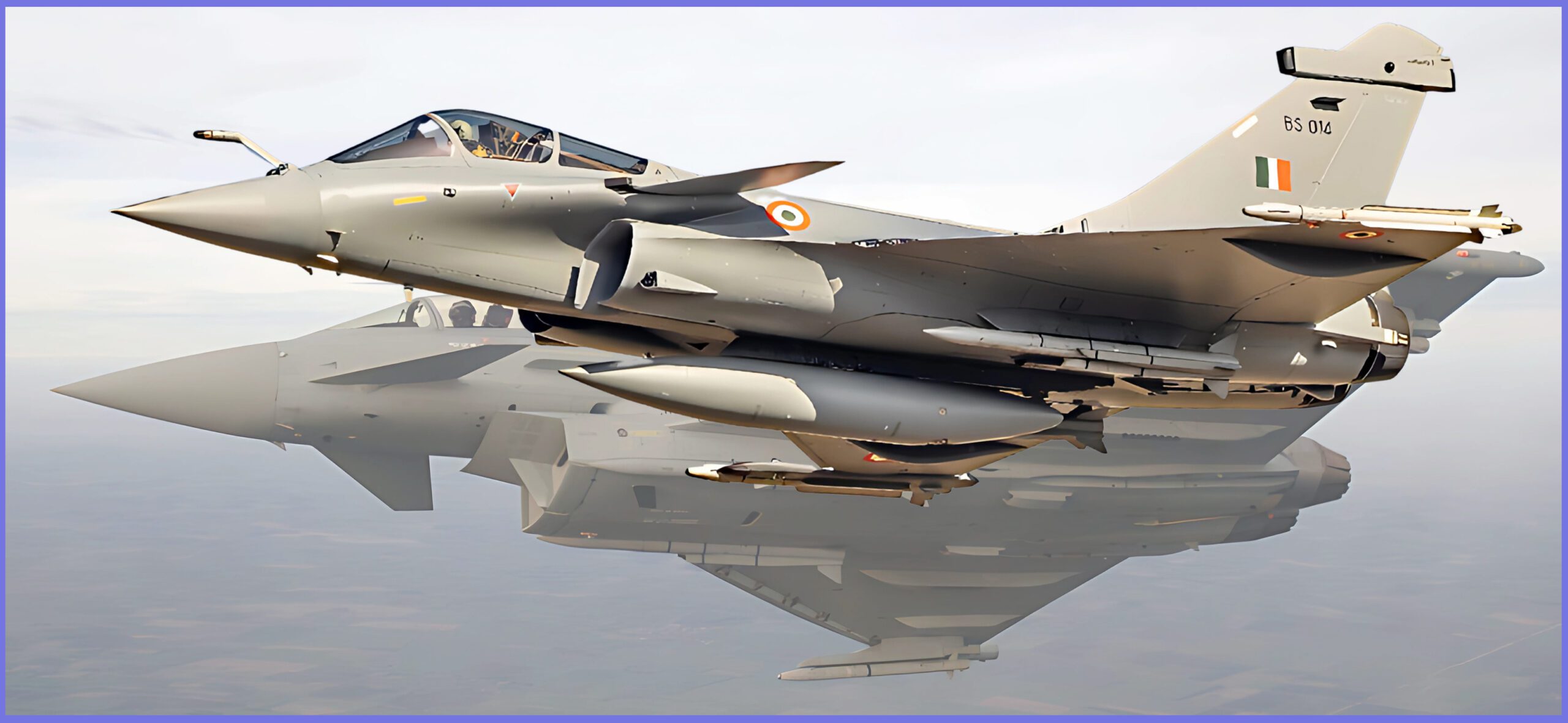Some of us are very enthusiastic about aviation, especially military aviation. However, sometimes Finding the Best Way to Identify Aircraft Types becomes challenging in certain scenarios.
Identifying aircraft types accurately is crucial for aviation enthusiasts and sometimes for military personnel. With a wide array of aircraft designs operational in the 21st century, determining the exact type can be challenging. However, basic knowledge is a must for all.

Overall, the design configuration of various types of military aircraft from a flying point of view is very exciting, whether we see them in person or on a big-screen television. However, sometimes it’s difficult to identify the type of aircraft we’ve just seen, especially for those who are not deeply familiar with military aviation.
In this article, let’s reveal the easiest ways to identify different aircraft types using visual cues, design patterns, and various databases. Whether you’re tracking a military jet or spotting a commercial airliner, your knowledge is key to classifying aircraft with confidence and precision. Let’s explore the best practices for mastering aircraft identification based on their design parameters.

Propeller vs. Jet: The Engines That Drive Modern Aviation
Aircraft engines are broadly categorized into two main types based on how they generate thrust:
Propeller-Powered Engines: These include piston engines and turboprop engines. They generate thrust by driving a propeller, which pulls or pushes the aircraft through the air. These engines are common in smaller and medium-sized aircraft and are efficient at lower speeds.
Jet-Powered Engines: These include turbojet, and turbofan Jet engines generate thrust by expelling exhaust gases at high speed, making them suitable for high-speed, high-altitude flight, as seen in commercial airliners and military jets.

Engine Placement: The Crucial Factor in Airframe Design
Propeller-driven engines are typically mounted either on the wings or at the front of the aircraft’s nose, depending on the design, size, and intended use. When mounted on the wings, the engines are often housed in nacelles—streamlined pods that reduce drag and enclose the engine and its components.
This configuration is common in multi-engine aircraft, such as turboprops, where distributing the engines across the wings can enhance stability and performance.
For example, the Lockheed Martin C-130 Hercules is a military transport aircraft with four turboprop engines. On the other hand, the Tupolev Tu-95 ‘Bear’ is a large, four-engine turboprop-powered strategic heavy bomber. In both aircraft, the engines are mounted on the wings.

On smaller, single-engine aircraft, the propeller is usually mounted at the front of the nose. This design offers several advantages, including improved visibility for the pilot, more effective engine cooling, and better aerodynamics.
The placement of propeller-driven engines is carefully chosen to optimize the aircraft’s balance, handling, and overall performance, considering the specific requirements of the airframe and its operational role.
For example, the Cessna 172 is a popular general aviation aircraft with a piston engine mounted at the front of the nose. The Pilatus PC-12 is a versatile single-engine turboprop with its engine mounted at the front of the nose.

Jet Engine Placement: From Nose to Tail and Everything In-Between
Jet engine placement on aircraft is strategically designed to optimize performance, stability, and mission effectiveness. Depending on the aircraft’s type and role, engines may be mounted from the nose to the tail.
In military fighter jets, engines are typically integrated into the fuselage or housed in nacelles under the wings for better manoeuvrability and stealth. Each placement is tailored to the aircraft’s operational needs, offering benefits like improved air intake, reduced drag, or enhanced thrust.

However, identifying engine integrations can be categorized as follows:
Engine Within Fuselage: Examples include the MiG-21, Mirage 2000, LCA Tejas, Gripen, F-18 Hornet, Rafale, and almost all military fighter jets.
Jet Engine Air Intake Configuration:
- Integrated as Side Fuselage: Found in aircraft such as the Mirage 2000, Sea Harrier, LCA Tejas, Gripen, and F-18 Hornet. Additionally, the F-15 and MiG-25/31 feature large, sharp rectangular engine air intakes.
- Integrated Beneath Forward Fuselage: Seen in the F-16, Eurofighter Typhoon, J-10, etc.
- Integrated Beneath Wing Root Extensions: Examples include the MiG-29, Su-27/30/34/35, F-14, and F-18 Super Hornet. Two contemporary and formidable bombers are the B-1 Lancer and the Tupolev Tu-160.

- Engine Intakes at Wing Roots: Found in the Aermacchi MB-339, Hawker Siddeley Nimrod, Avro Vulcan, etc.
- Engine Mounted Under the Wings: Common in most commercial aircraft, as well as military aircraft such as the B-52 Stratofortress, Ilyushin Il-76, C-17 Globemaster, etc.
- Engine Mounted Above the Wings: Examples include the Antonov An-74 and HA-420 HondaJet. An example of an engine mounted at the rear fuselage is the A-10 Thunderbolt.

Aviation Insight: How to Recognize Aircraft by Their Wing Configurations
Recognizing aircraft by their wing configurations involves identifying wing shapes and placements. Key types include straight, swept, delta, and variable wings. Each design influences the aircraft’s performance and purpose. By examining the wing’s angle, shape, and position, you can accurately identify various aircraft models and improve your memory.
For a better understanding, here are some examples _
Straight Wings: Often found on older and smaller aircraft, straight wings are ideal for low-speed flight and good manoeuvrability. For example, in contemporary aircraft, the A-10 Thunderbolt II and F-18 Hornet feature this design. The F-35’s wings are slightly swept back with a leading-edge design combining delta and straight wings.
Swept Wings: Common in modern jets, swept wings reduce drag at high speeds, making them ideal for faster, more efficient flight. This design is found in contemporary aircraft operating, such as the Su-27 Flanker family, MiG-29, and MiG-31.
Forward-Swept Wings: With wings angled forward from the fuselage, this design enhances manoeuvrability, control, and lift, especially at lower speeds and steep angles of attack. However, it also creates greater drag and structural stress. This innovative wing configuration was tested on cutting-edge experimental aircraft such as the Sukhoi Su-47 Berkut and Grumman X-29.

Swing Wings: Found on variable-geometry aircraft such as the F-14 Tomcat, F-111 Aardvark, MiG-23/27, Su-24 Fencer and Panavia Tornado, these wings can change their angle to optimize performance at various speeds.
The B-1 Lancer and Tu-160 Blackjack have variable-sweep wings and four turbofan engines with cruciform tail configurations. Forward-swept wing settings are used for takeoff, landing, and high-altitude economical cruising, while aft-swept wing settings are used for high subsonic and supersonic flight.

Delta Wings: Triangular-shaped wings, such as those on the Mirage and Concorde, provide excellent stability and high-speed performance. This design is present in contemporary aircraft, including the Mirage 2000, Typhoon, and Rafale. Additionally, the Indian-origin Tejas features a cranked leading-edge delta wing.

Clipped Delta Wings: These are modified delta wings with shortened tips, used on some fighter planes to improve roll rates and manoeuvrability. An example is the contemporary Saab Gripen.
Diamond Delta Wings: A variation of the delta wing, these have a more complex shape and are used on advanced aircraft for improved aerodynamics and performance at various speeds. Examples include the F-22 Raptor and the Su-57 Felon.

The Canard Wing: A Revolutionary Approach to Aircraft Design
A Canard Wing is a small, forward-mounted wing positioned ahead of the main wings of an aircraft. This design enhances pitch control, improves stability, and can reduce drag. Canard wings are often used in advanced fighter jets and experimental aircraft to achieve better aerodynamic efficiency and agility.
An example of a delta wing with active close-coupled canards that maximize manoeuvrability can be seen in currently operational fighter jets such as the Saab Gripen, Dassault Rafale, and Eurofighter Typhoon. However, the canards integrated with the B-1 Lancer are fore canard fins.

Optimizing Pilot Efficiency: Cockpit Design Layouts
Cockpit Design Layouts refer to the various configurations and features of an aircraft’s cockpit, tailored to optimize visibility, ergonomics, and control for pilots, such as_
- Bubble canopy: A rounded, transparent canopy offering 360° all-around visibility, commonly found in fighter jets like the F-15 Eagle and F-16 Fighting Falcon. Bubble canopies are also used in the Lockheed Martin F-22 Raptor, Su-30MKI, and Eurofighter Typhoon, as these fighters are oriented toward the air superiority role. This design minimizes blind spots, enhancing situational awareness during combat and high-speed manoeuvres.
- Glass Cockpit: Features digital displays and touchscreens instead of traditional analogue instruments. This layout enhances information integration and ease of use and is common in modern commercial airliners like those from Boeing and Airbus, as well as military aircraft such as the C-130 Hercules and Il-76.
- Side-by-Side Cockpit: Seats placed next to each other, typically found in commercial aircraft and some military jets used for training, facilitating communication between pilots and offering balanced control. This seating arrangement is also used in modern bombers such as the B-1 Lancer, Tu-22M3, Tu-160, and Su-34 Fullback.
- Tandem Cockpit: Seats arranged one behind the other, typically found in military fighter aircraft and some helicopters, where a streamlined design and sequential control are prioritized.

The Basics of Fighter Jet Wing Placements: All You Need to Know
Fighter jet wing placements vary in three main configurations to optimize aircraft performance: high-mounted, mid-mounted, and low-mounted. Understanding these configurations helps recognise each jet’s design purpose and flight capabilities.
High-mounted wings are attached near the top of the fuselage, enhancing stability and control, particularly at high speeds. This design improves aerodynamic efficiency and performance during high-speed manoeuvres.
Examples of aircraft featuring high-mounted wings include the MiG-31 and the F-15, both designed with this configuration to achieve superior flight characteristics and handling.

Mid-mounted wings, positioned along the fuselage’s centerline, provide balanced aerodynamic performance and versatility. This wing placement enhances stability and manoeuvrability, making it suitable for a wide range of flight conditions.
Aircraft such as the Dassault Rafale, LCA Tejas, F-16 Fighting Falcon, and MiG-29 are designed with mid-mounted wings, allowing them to excel in both high-speed and low-speed operations and offering effective control and stability in various combat scenarios.
Low-mounted wings, positioned close to the fuselage’s bottom, improve manoeuvrability and help reduce radar cross-section (RCS) levels. For example, the Mirage 2000 employs delta wings, while the Eurofighter Typhoon features a slightly mid-mounted wing placement relative to the fuselage.
This design offers excellent high-speed stability and agility, optimizing performance for both air-to-air and air-to-ground missions.
Overall, all types of wing placements can provide excellent flight manoeuvrability, as modern jets are equipped with fly-by-wire controls and advanced digital computers. These systems enhance the aircraft’s ability to perform complex manoeuvres and maintain stability, regardless of the wing configuration.

Unlocking Aircraft Identity: A Focus on Tail Configurations
Tail configurations in aircraft vary in placement, each designed specifically for stability, control, and lift.
Middle-mounted horizontal tails, positioned midway on the vertical fin, are known as “Cruciform tails” and offer balanced control. This configuration is seen in currently operational bombers such as the B-1B Lancer and Tupolev Tu-160 Blackjack.

High-mounted tails, where the horizontal stabilizer is positioned atop the vertical fin, are known as “T-tails“. This configuration enhances airflow over the stabilizers, improving stability and control.
Notable examples of aircraft featuring T-tails include the Ilyushin Il-76 and the C-17 Globemaster III, both benefit from this design to achieve improved performance in their respective roles.

Twin-fin tails use two vertical stabilizers to enhance control and provide redundancy, especially in larger or stealth aircraft. Each configuration is tailored to optimize the aircraft’s aerodynamic performance and mission requirements. Notable examples of aircraft with twin-fin tails include the F-15 Eagle, F-18 Hornet, F-22 Raptor, MiG-29, and Su-27 Flanker series.
A “Twin-boom” aircraft features two parallel fuselage structures, or ‘booms,’ extending from the main body and typically connected by a horizontal stabilizer at the rear.
This design allows for unique configurations, such as placing the engines and tailplane between the booms, which enhances stability and control. Contemporary examples of twin-boom aircraft include the Israeli reconnaissance aircraft IAI Heron.

In summary, accurately identifying aircraft types can be challenging, especially for aviation enthusiasts and military personnel alike. This article explores essential aspects of aircraft identification, from wing placements and engine configurations to tail designs.
Understanding these elements—such as the distinct high, mid, and low wing placements, various engine mountings, and diverse tail configurations—provides crucial insights into an aircraft’s design and functionality.
Whether spotting a fighter jet or analyzing a commercial airliner, knowing these fundamentals enhances your ability to classify and appreciate the complexities of modern aviation. Mastering these identification techniques will deepen your appreciation of the aircraft you encounter and improve your overall aviation knowledge.
